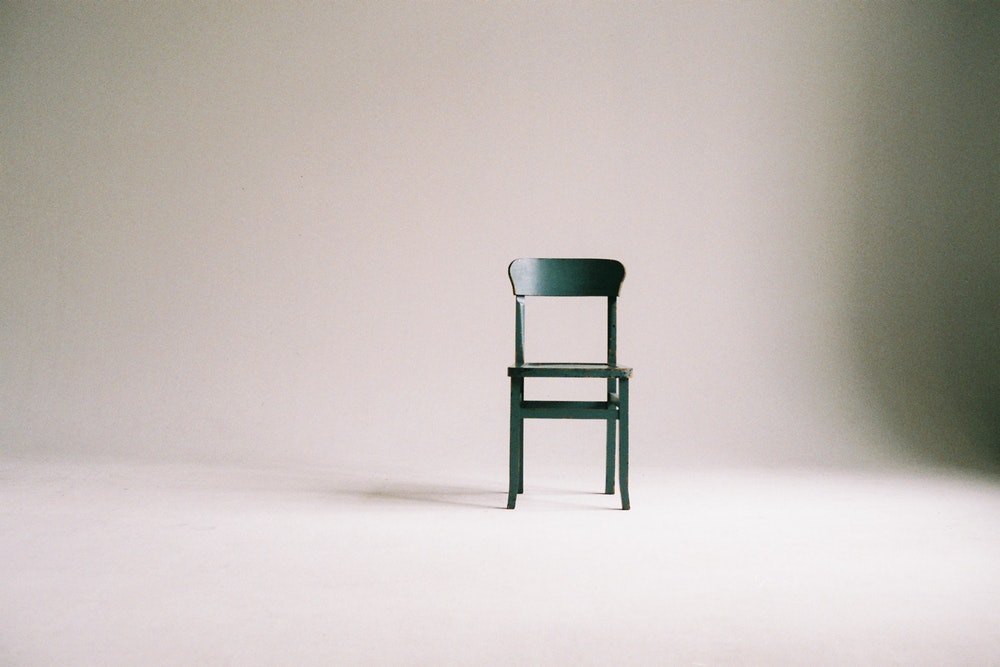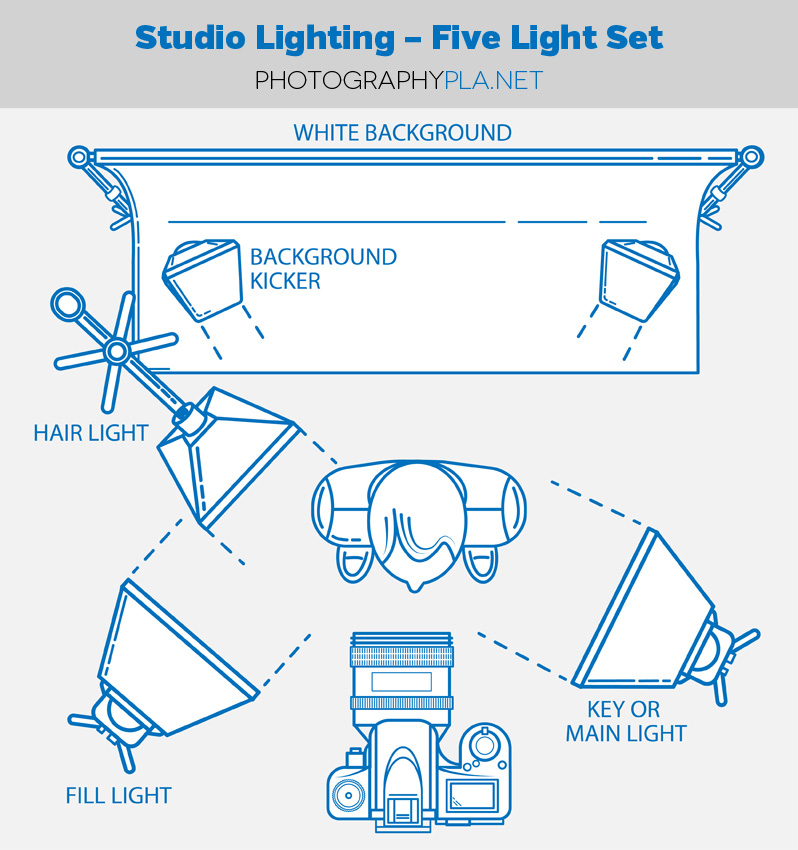Different Types of Photo Studio Lighting

Photography is all about light. Regardless of how advanced your camera is, you need the right lighting to achieve the best results. In photography, there are two types of light: natural light and artificial light. While natural light can be controlled by choosing the right time of day or location, artificial lighting is essential when shooting in a studio. In this article, we will explore several types of photo studio lighting that can help you achieve better results.
The Key Light
The key light is the most important type of artificial lighting when it comes to studio photography. No matter how many lights you have installed in the room, the key light always serves as the primary light source. It should be positioned right in front of the subject, slightly towards one side for the best results.

Separation Light
Often referred to as the hair light, the separation light is used to focus on specific parts of the subject. Although its name suggests its use in highlighting hair, this light can be used to highlight various parts of the subject. It is important to maintain a certain distance between the light and the subject to achieve a warm effect.
Read more: Are LED Lights Better Than Regular Lightbulbs?
Fill Light
The fill light is another crucial category of light in the indoor photography process. It complements the key light by controlling the intensity of shadows. While shadows add dimension to a photo, excessive shadows may need to be controlled. The fill light ensures that the necessary shadows remain while preventing the photo from looking flat.

Background Light
The background light is often overlooked but plays a significant role in photo studio lighting. Neglecting the background light can result in a dark and unappealing background. The right background light, not as bright as the key light, allows for the preservation of shadows and contributes to the overall quality of the photo.
Read more: Why You Should Include UV-A In LED Grow Lights
Some Other Essential Points to Consider
Apart from these lighting types, there are other factors to consider. External flash, although part of the camera, can dramatically impact your photos. To avoid the harsh light produced by direct flash, consider using flashlight diffusers. These accessories help create an even and warm effect. Additionally, if your studio's ceiling is not too high, pointing the flash towards the ceiling can provide a soft and diffused light on the subject.

Five light setup diagram (Source)
Read more: What is Integrated Lighting?
Frequently Asked Questions
Q: What are the different types of photo studio lighting?
A: The key light, separation light, fill light, and background light are the main types of photo studio lighting.
Q: What is the key light?
A: The key light is the primary light source in artificial lighting for studio photography.
Q: How should the key light be positioned?
A: The key light should be placed in front of the subject, slightly towards one side.
Q: What is the separation light used for?
A: The separation light, also known as the hair light, is used to highlight specific parts of the subject.
Q: What is the fill light used for?
A: The fill light complements the key light by controlling the intensity of shadows.
Q: Why is the background light important?
A: The background light contributes to the overall quality of the photo by preventing the background from appearing too dark.
In conclusion, understanding and utilizing different types of photo studio lighting is crucial for achieving exceptional results in indoor photography. Experimentation and learning are essential to find the perfect lighting arrangement for your studio setup.
Read more: Color Difference Between Warm White, Daylight, And Cool White
About the Author
Kara Terry is a Perth-based writer and photographer who recently joined the Stockphoto.com team as a Contributor Account Manager. Kara enjoys swimming and watching movies.
Follow for more: Edgar M Downs
- Art
- Causes
- Crafts
- Dance
- Drinks
- Film
- Fitness
- Food
- Jogos
- Gardening
- Health
- Início
- Literature
- Music
- Networking
- Outro
- Party
- Religion
- Shopping
- Sports
- Theater
- Wellness
- IT, Cloud, Software and Technology


